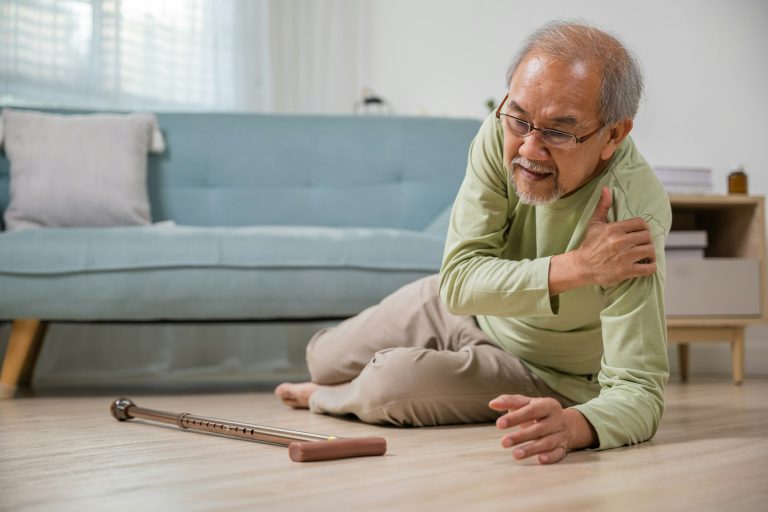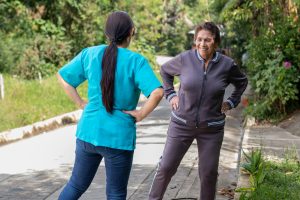Falls among older adults are a significant concern, often leading to severe injuries and a decline in overall health. As a caregiver or concerned loved one, understanding and implementing strategies to prevent falls at home is crucial for the well-being of seniors. As professionals in St. Louis home health, we’ll explore effective safety measures to reduce the risk of falls and promote healthy aging for older adults.
Identifying Fall Risks
Before diving into prevention strategies, it’s essential to recognize potential fall hazards in the home environment. Loose rugs, slippery floors, inadequate lighting, and tripping hazards such as cluttered pathways or unsecured electrical cords are common culprits. Additionally, stairs without handrails or grab bars and lack of secure furniture can increase the risk of falls. By conducting a thorough assessment of the living space, caregivers and healthcare providers can address these risk factors proactively.
Implementing Preventive Measures
Preventing falls at home requires a multifaceted approach that includes environmental modifications, regular exercise, and education. Installing grab bars in bathrooms and near stairs, using non-slip mats in high-risk areas like the bathroom and kitchen, and securing loose rugs can significantly reduce fall risk. Furthermore, encouraging seniors to wear proper footwear, maintaining good lighting throughout the home, and keeping pathways clear of obstacles are simple yet effective preventive measures.
Promoting Strength and Balance
Engaging in regular physical activity, including balance exercises and strength training, is essential for fall prevention and overall health promotion in older adults. Activities such as tai chi, a gentle form of exercise that emphasizes balance and coordination, can improve stability and reduce the risk of falls. Additionally, occupational therapists can provide personalized exercise routines and recommend assistive devices to enhance mobility and independence, thereby reducing fall-related injuries.
Conclusion
Preventing falls at home is paramount for the safety and well-being of older adults. By identifying fall hazards, implementing preventive measures, and promoting strength and balance through physical activity, caregivers and health care providers can significantly reduce the risk of falls. Remember, fall prevention is a collaborative effort involving caregivers, seniors, and health care professionals, ultimately contributing to healthy aging and improved quality of life.
Incorporating these safety tips into daily routines can help mitigate fall risk and create a safer home environment for seniors. Together, let’s prioritize fall prevention to safeguard the health and independence of our older loved ones.
Need in-home care that respects special diets? Learn how our compassionate, award-winning team develops care plans as unique as your loved one. Call AccuCare today!






